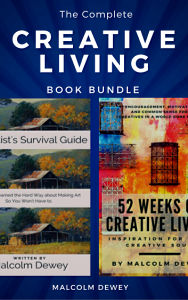|
An artist recently sent me the following question: "I've been painting for 18 months. Everyone says that my paintings are incredible. Problem is: I continue to paint other artists paintings that I love. I do also paint from photographs. Almost all my paintings are very, very close duplicates. How do I break this habit and do my own thing? " You may be thinking that this is easy to answer. Or you may be facing a similar dilemma. In this article I am going to try and answer this question.
Steal Like an Artist
Picasso once said that all art is theft. That there is nothing original left. He also called Paul Cezanne the "father"of abstract art. What Picasso was saying is that artists take up certain ways and methods of artists that came before. This acquisition of technique, method and approach is also called stealing like an artist. To steal like an artist is not a bad thing when done as Picasso intended. This is how we learn and develop our own style through processing what went before. Master Apprentice Another example is the practice of copying a master work to learn the master's methods. This was a common practice in centuries past. The Renaissance apprentice would copy the master's paintings to learn the trade. This would be years of toil for the apprentice. In many instances an apprentice would paint less important parts of his master's work. The master would then paint the important bits like the face in a portrait, for example. In some cases the master did not paint any of it. He would sign off the painting if it met his standards. In those days authenticity was not the same issue as it is today. The Contemporary Approach Today authenticity of an artist's work is a touchy subject. I have received flak from some artists for suggesting that tracing is not a replacement for drawing. One artist demanded to know if he should refund collectors who had purchased his "traced art." I'm guessing he has not asked his purchasers for their opinion. Anyways. All this angst is helped along by the internet and digital images. If you admire an artist's work why not reproduce it? Indeed. But if you do so you cannot use it for any commercial purposes unless you disclose this fact and receive consent from the original creator. An unlikely event. If you reproduce or copy for private learning purposes only then no problem. Some artists are very nervous about images of their work getting "out there". You see signs at exhibitions saying "Strictly No Photos". I do not agree with this as discussed in another article. By all means take photos and share them - so long as you give credit where credit is due. Free marketing, Yay! You and Your Original Art What about our artist who finds herself stuck in copy mode? Why does she feel stuck? Why not start painting her own unique work? The answer lies in her emotions. Painting a copy has advantages:
But the bar has been set low so that the artist gets the positive reinforcement she craves. To make successful original work comes with significant risk. Risk is Painful Our artist does not want to make paintings that fail more often than they are successful. The artist's ego is fragile. We all appreciate this issue. Nobody likes to produce a failed painting. Much less feel the sting of a critic. The truth is you need to churn out many failures before the gems start happening. The professional who paints six days a week accepts this. The weekend painter does not have this luxury of volume. When you only paint two or three paintings a month you want each one to be a winner. This attitude is not realistic unless you accept the long road of trial and error. I have seen artists burst into tears because they cannot mix the right colors. Or get so anxious that they abandon their paintings and never return to them. Some issues run deeper and cover raw emotional pain that has not healed. If you recognise these emotions then I do suggest reading Julia Cameron's book The Artists Way. Break the Cycle and Create Your Work The emphasis here is on create not copy. Whether it is a photo from a magazine, the internet or a friend's photo. Be inspired to create something original. No copies. Even if it is your own photograph try to tweak it some way to make it art. Portraits do not have to be photo real either. Unless it is a commission that requires it. Yes a likeness is important, but make the technique speak for your creativity. A sense of yourself should be expressed in each painting. This may take time to emerge so be patient with yourself. By this I mean your growth as an expressive artist is built on your technical foundation. As a teacher and coach I can only help to build a foundation. It is not the finished product, but it helps with the student's progress. Learn and practice techniques, but be ready to build new and exciting layers to your development. If you are stuck in the copy cycle you will never pass begin. So to break the cycle try this approach: Step One: What is your favorite subject to paint? Out of all the reproductions what is the common thread? Landscapes, portraits, horses? Okay now you know what the subject is. Start looking for actual subjects like that. Step Two: Who is the artist whose works you most like to reproduce? This will point to a particular style or technique that you prefer. At least initially until you make it your own. The steal like an artist idea. This will cover brushwork and color for the most part. Step Three: Get professional. At least in attitude until you start selling your new masterworks. A time for adaption and development may be necessary. A professional attitude means accepting failure is part of the learning process. You learn and move on. Fear does not kill your creativity. Professional also means that you show up for work on time and create. No excuses. Especially when you feel fear or the need to procrastinate. A professional pushes on despite the sweat and tears. To make this a habit the professional sets time for work, learning and marketing. These days and times are important and must be followed. Others learn this from you and respect your wishes. Above all else take the time to work out your path by actual painting. Miles of canvas and gallons of paint over time. Learn to Live with Risk As a professional you accept the risk that your work may remain unnoticed. May not sell. Or does not express what you intended. At first anyway. You resolve to fix these issues by following the process. Also that you will be criticised at times. You tolerate these risks, because creating is what you do. You can avoid criticism by doing nothing or playing it safe. Does that prospect excite you? Surely not. Your Growth as an Artist So with time and effort our artist has broken her dependency on the easy option. Her growth in quality of work and character is assured. It turns out that the risks are much less than the rewards. These include self-confidence, purpose and fun. Priceless. Listen to the Latest Episode:
I also chat about this issue in my latest podcast episode.
Save the Pin to Your Pinterest Board: |
AuthorMalcolm Dewey: Artist. Country: South Africa Archives
June 2024
Categories
All
FREE
|
|

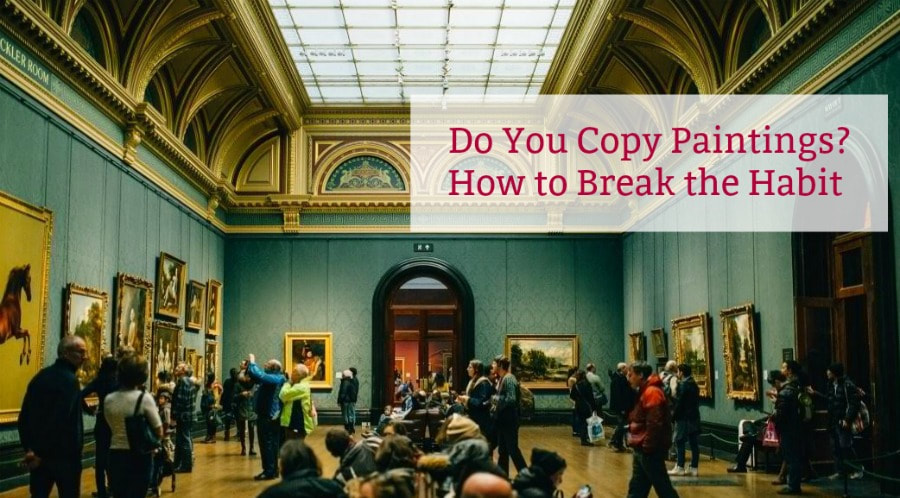
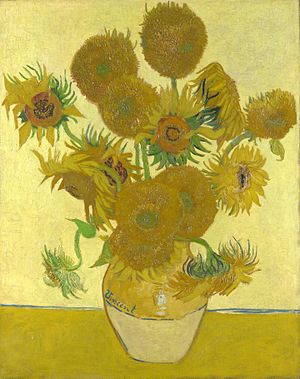
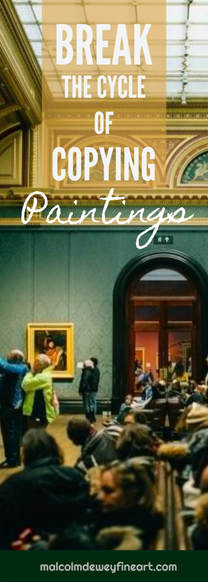
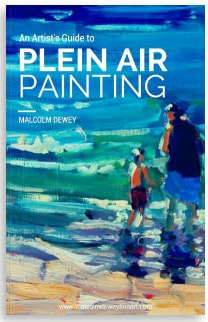
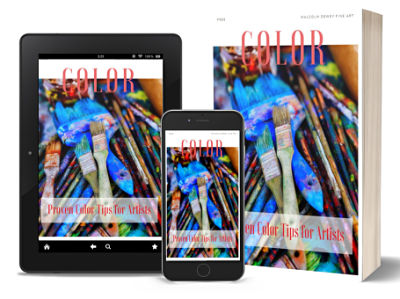
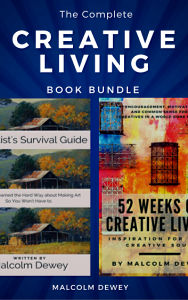
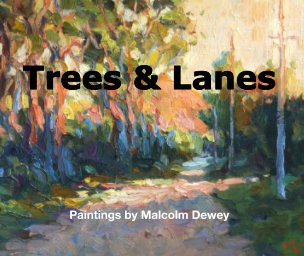



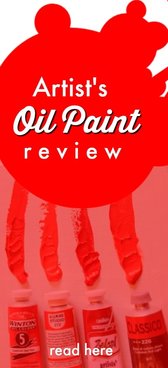
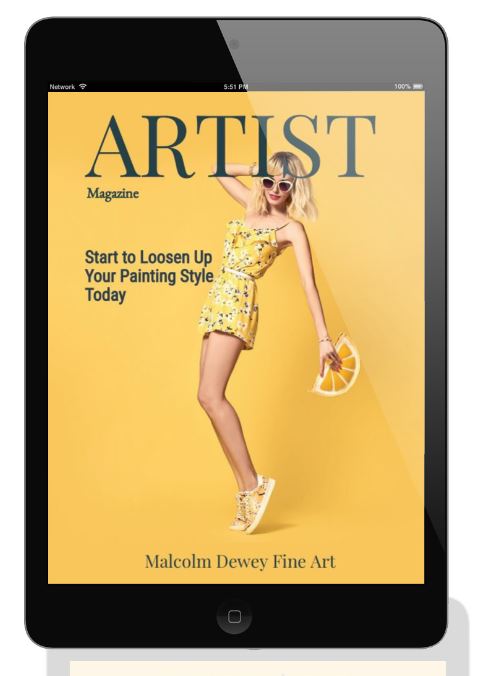
 RSS Feed
RSS Feed

